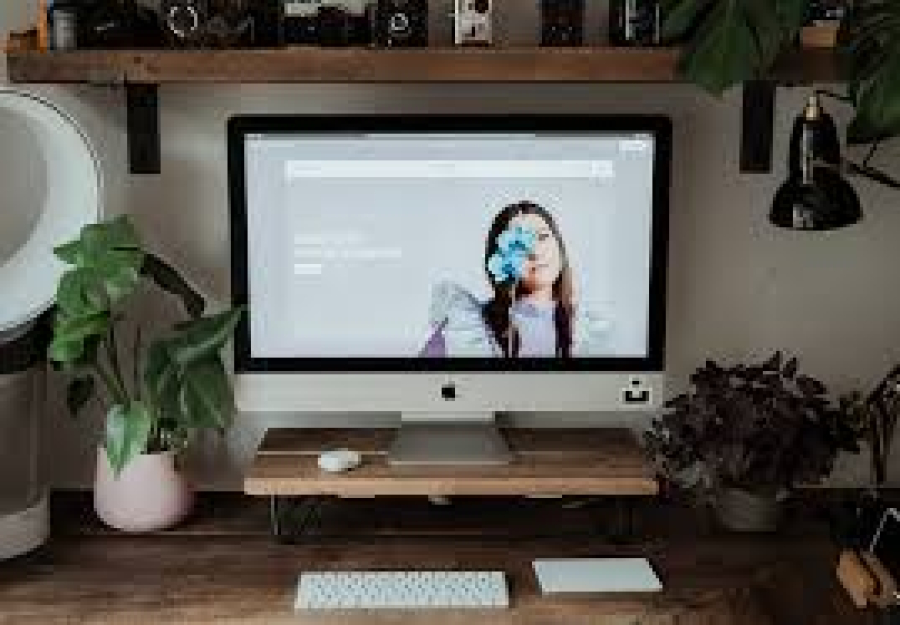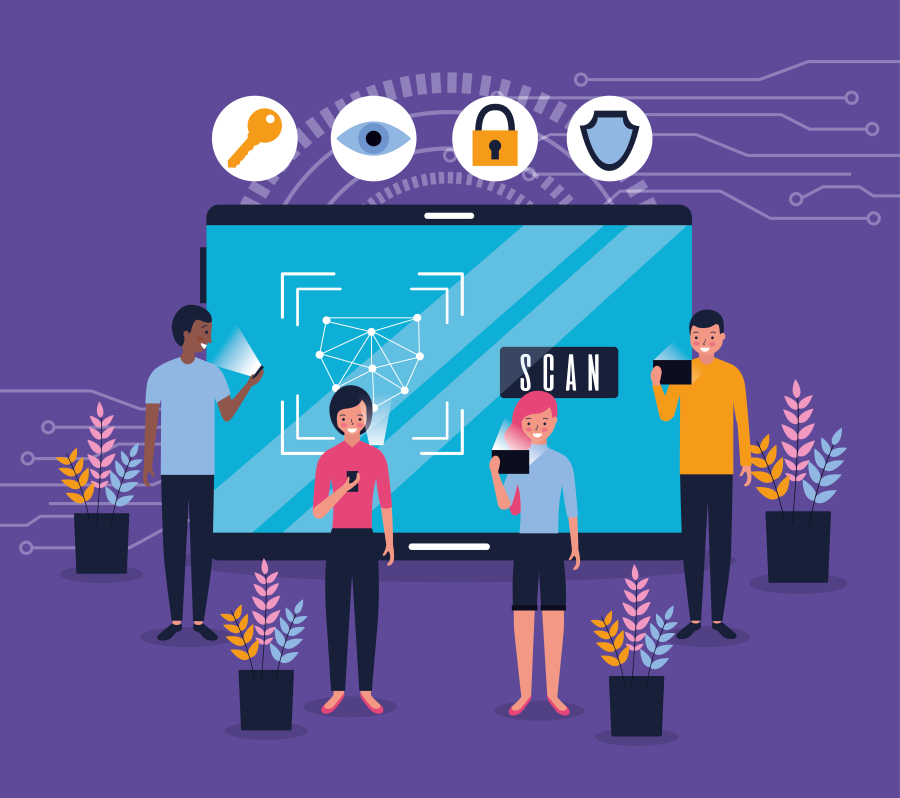Email Marketing Tips for Designers and Media Artists
In a crowded digital world filled with social media noise, email marketing remains one of the most powerful tools for designers and media artists to build lasting client relationships, showcase creative work, and drive project inquiries. Unlike social feeds that disappear in minutes, emails land directly in your audience’s inbox—and when done right, they spark interest, trust, and conversion.
At freelancerbridge, we believe creative professionals need more than just talent—they need visibility, strategy, and direct communication channels. That’s where email marketing comes in. This blog post shares actionable, practical email marketing tips tailored for freelance designers and media artists who want to elevate their brand and win more clients.
Long Description: Email Marketing Tips for Designers and Media Artists
As a freelance designer or media artist, you likely already have an online portfolio and active social media presence. But what if you could build a direct channel to potential clients, collaborators, and fans—one that doesn’t rely on algorithms or ad budgets?
That’s exactly what email marketing offers.
It helps you:
Showcase your work in a curated, high-impact format
Drive consistent traffic to your website or portfolio
Position yourself as a creative expert
Promote your services without sounding salesy
Stay top of mind with leads who may hire you in the future
In this complete guide, we’ll explore:
Why email marketing works so well for creatives
How to grow your email list strategically
What kind of content to send to subscribers
Tips for writing subject lines, CTAs, and formatting
Email tools to use and key mistakes to avoid
Let’s turn your creativity into a client-winning communication engine.
1. Why Email Marketing is Perfect for Designers and Media Artists
Unlike paid ads or social media, email marketing gives you control over your audience. You don’t have to worry about engagement rates or shadow bans. You decide what to send, when, and to whom.
Benefits for creatives:
Portfolio Promotion: Send project updates directly to clients and fans
Brand Building: Share your design process, insights, and creative voice
Lead Nurturing: Keep warm leads engaged until they’re ready to hire
Product Launches: Promote templates, prints, or design services
Personal Touch: Build stronger connections with personalized content
Email marketing is low-cost, high-impact, and ideal for building long-term client pipelines.
2. Grow Your Email List With the Right Audience
You don’t need a huge list—just the right people who are interested in your work.
Ways to grow your list:
Lead Magnet: Offer a free resource (checklist, eBook, template) in exchange for email signup
Newsletter Signup on Website: Use popups, banners, or sidebar forms
Portfolio CTAs: Add signup links on Behance, Dribbble, and your website
Social Media Promotion: Tease your newsletter and link to the signup page
Client Projects: Ask satisfied clients if they want to join your email list for future updates
Pro tip: Use a tool like Mailchimp, ConvertKit, or MailerLite to collect emails and automate delivery.
3. Decide Your Email Content Strategy
Don't just send random updates. Have a strategy that aligns with your brand, voice, and client goals.
🔹 Email Types for Designers & Media Artists:
Project Highlights: Showcase new work with visuals + context
Case Studies: Break down a recent project’s problem, process, and result
Process Insights: Share behind-the-scenes, sketches, or before/afters
Tips and Trends: Position yourself as an expert in your niche
Product Launches: Promote digital goods, workshops, or service packages
Client Testimonials: Build trust and authority
Design Resources: Share tools, fonts, mockups, or plugins
Frequency recommendation: 1–2 emails per month is ideal for most creatives.
4. Craft Strong Subject Lines That Get Opened
Your subject line is your first impression—it determines if someone opens or ignores your email.
Best practices:
Keep it short (40–60 characters)
Be specific and benefit-driven
Use curiosity without being clickbait
Add personalization (e.g., “[Name], here’s a branding idea for you”)
Examples for creatives:
“3 Sketches That Turned Into a Full Logo Suite”
“Behind the Scenes of My Latest Packaging Design”
“How I Helped a SaaS Brand Stand Out Visually”
Avoid generic lines like “Monthly Newsletter” or “Update from Me.”
5. Design Your Emails Like a Pro
You’re a creative professional—so your emails should reflect your style.
Design tips:
Use your brand colors, logo, and font style
Stick to clean, mobile-friendly layouts
Break content into sections with headings
Use high-quality images, not too many
Include a clear CTA button or link (e.g., “View Full Project” or “Book a Call”)
Tools like Canva, BeeFree, or the built-in email builder in Mailchimp make this easy.
6. Call-to-Actions (CTAs) That Convert
Every email should have a purpose—and a clear CTA that drives the reader to take the next step.
CTA ideas:
View full case study
Schedule a consultation
Download the freebie
Follow on Instagram or Behance
Purchase a product/template
Reply to this email with a question
Place your CTA above the fold and again at the end if the email is long.
7. Automate a Welcome Email Sequence
Don’t leave new subscribers hanging. Send them a welcome series that introduces your work and services.
A 3-email sequence:
Email 1: Thank you + freebie delivery + short intro
Email 2: About your process and how you help clients
Email 3: Portfolio/project highlight + invite to connect or book
Automation tools like MailerLite and ConvertKit make this process seamless and save you time.
8. Segment Your List for Better Results
Not all subscribers are the same. Some might be clients, others fans of your art, or potential collaborators.
Create segments based on:
Services interested in (branding, web, motion)
Past clients vs. new subscribers
Location (for events or exhibitions)
Type of download they signed up for
Segmentation allows you to send targeted, relevant content—which boosts engagement and conversions.
9. Common Email Marketing Mistakes to Avoid
Writing only about yourself instead of solving client needs
Sending too frequently (or not enough)
Not optimizing for mobile
Skipping the unsubscribe link (required by law)
Forgetting to test your emails before sending
Ignoring metrics like open rate, click rate, and unsubscribes
Always test your emails on different devices and browsers before sending to your list.
10. Track What Works and Improve Over Time
Email marketing is measurable. Use built-in analytics from your email tool to improve performance.
Key metrics:
Open Rate: Is your subject line working?
Click-Through Rate (CTR): Are people engaging with your content?
Conversion Rate: Are readers booking, buying, or replying?
Unsubscribe Rate: Is your content relevant and valuable?
Review performance monthly and tweak your strategy based on what works best.
Bonus: Repurpose Your Email Content
Once you create a newsletter or email content, don’t let it go to waste.
Repurpose it into:
LinkedIn or Instagram posts
Blog articles on your website
Lead magnets or PDF downloads
Email content for onboarding clients
This multiplies your effort and grows your content ecosystem across platforms.
Conclusion
Email marketing isn’t just for big companies or eCommerce brands. It’s a smart, scalable, and relationship-driven tool for designers and media artists who want to grow their freelance business. With the right strategy, visuals, and voice, your emails can drive real results—more engagement, more trust, and more clients.
At freelancerbridge, our mission is to equip creative professionals with the tools and strategies they need to thrive. Start building your email list today, and let your creativity reach inboxes around the world.


 by Emily
by Emily




